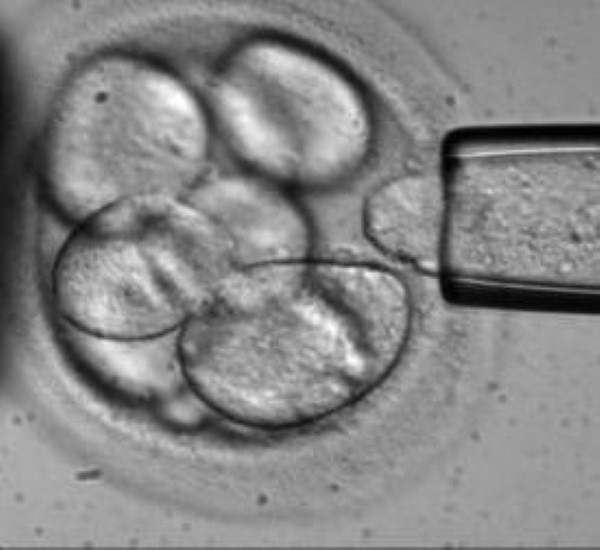New research reveals the role played by microRNA in the development of colorectal cancer and shows it could be a key target for treatments.
A study into the role played by the molecule in bowel cancer was carried out by an international team which included scientists based at The Institute of Cancer Research, London, the University of Glasgow and Ohio State University in the US.
Their findings are published in the journal Cancer Cell, with funding for the UK research team coming from the Kimmel Cancer Foundation, Cancer Research UK, The Marie Curie Actions Programme and a Scottish Senior Clinical Research Fellowship.
Scientists discovered that MicroRNA 135b is employed by a number of cancer genes to drive the development of the disease.
They believe drugs targeted at the molecule could eliminate the effects of multiple cancer-causing mutations, while tests for it could identify those with the most aggressive form of the disorder.
An analysis of 485 people with bowel cancer found that levels of microRNA 135b were at least four times as high in tumours as in healthy tissue. Patients with the highest amount of the microRNA survived for the least amount of time.
A study conducted on mouse models found that blocking the micro-RNA stopped tumour growth. In half of the animals, tumours regressed so dramatically that they could no longer be seen by imaging, while the animals displayed no side-effects.
Additionally, a number of known cancer gene variations, such as APC, PI3KCA, SRC and p53, were found to exercise their effects through microRNA 135b.
This is significant because many people develop a resistance to treatments blocking bowel cancer mutations. Inhibiting microRNA 135b could attack cancer without resistance occurring by blocking the effects of multiple cancer-causing mutations simultaneously.
Testing for microRNA 135b could also identify patients who are most in need of treatment.
Professor Owen Sansom, deputy director of The Cancer Research UK Beatson Institute at Glasgow University, said: "This exciting work shows a single microRNA can control multiple pathways that go wrong in colon cancer and offers the hope that in the future this could be targeted in patients that have colon cancer."









